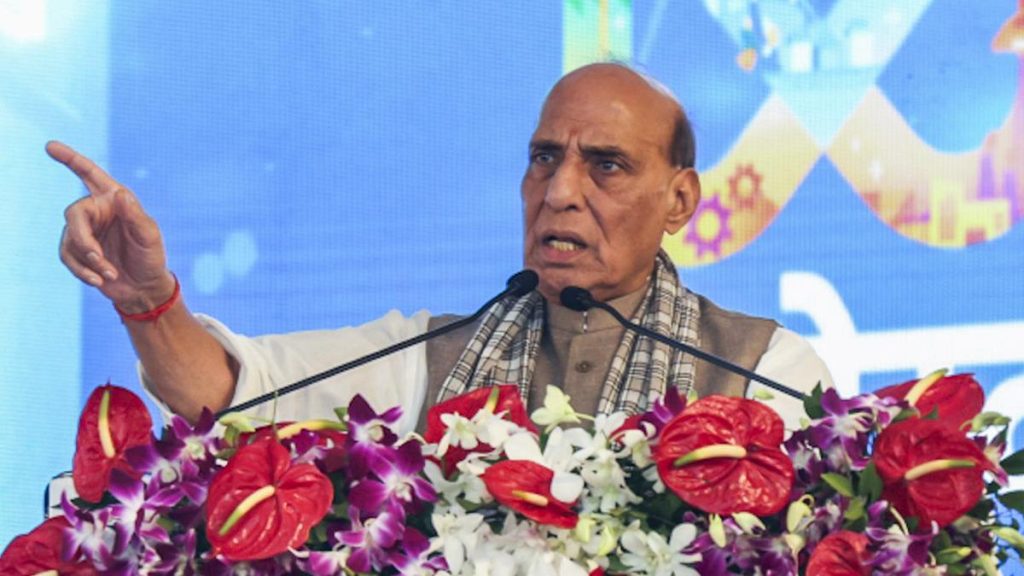Now Reading: Dish TV India Posts ₹95 Crore Q1 Loss as Revenue Drops 28%
-
01
Dish TV India Posts ₹95 Crore Q1 Loss as Revenue Drops 28%
Dish TV India Posts ₹95 Crore Q1 Loss as Revenue Drops 28%

Rapid Summary
- Dish TV India reported a consolidated net loss of Rs 95 crore for Q1 FY2025, compared to a loss of Rs 2 crore in the same quarter last year.
- Revenue from operations dropped 28% year-on-year to Rs 329 crore, while subscription income fell by 11% to Rs 273 crore.
- EBITDA declined by 56% to Rs 73 crore due to competitive pressures, inflation, and rupee depreciation.
- The company plans to shift focus toward hybrid offerings, connected devices, partnerships with TV manufacturers, and OTT platforms (Watcho & FLIQS).
- Watcho OTT Super App reached over 96 million downloads and had around 11 million paid subscribers as of June. FLIQS offers curated premium digital content across various formats.
- Asset revaluations led Dish Infra Services to write down intangible assets worth over Rs 798 crore related to Watcho and other technologies. videocon d2h-related assets were reduced significantly in both Dish TV’s books and its subsidiary’s records by thousands of crores in goodwill and other categories like customer relationships.
- Legal disputes continue regarding DTH license fees; the Ministry of Information & Broadcasting demands Rs 6,736 crore from Dish TV including interest up until FY24-a claim disputed by the company since litigation began in the Jammu & Kashmir High Court in 2015 with interim relief ongoing.
- As of June FY2025, management states accumulated losses have exceeded equity capital resulting in negative net worth amid uncertainties tied primarily to litigation outcomes.
Indian Opinion Analysis
The challenges faced by Dish TV India reflect broader industry-wide vulnerabilities as customary DTH players adapt within increasingly competitive media landscapes dominated by dynamic streaming platforms like OTT services. Despite efforts towards innovation through hybrid models such as content bundling or its promising Watcho platform achievements-growing subscriber retention appears critical amidst declines otherwise eroding core performance metrics evidenced eg subscription-income slumps proportionally impacting trailing profits/loss gaps(s). MoIB-mandated nebulous regulatory complexities examples cited ongoing adjudications remains Loom factor requiring careful preparatory contingencies making systemic discourse pivotal… Read Full Piece! Source


























